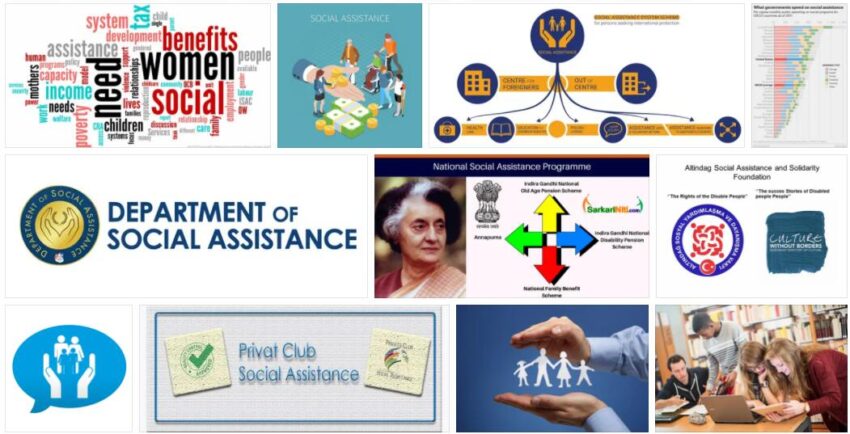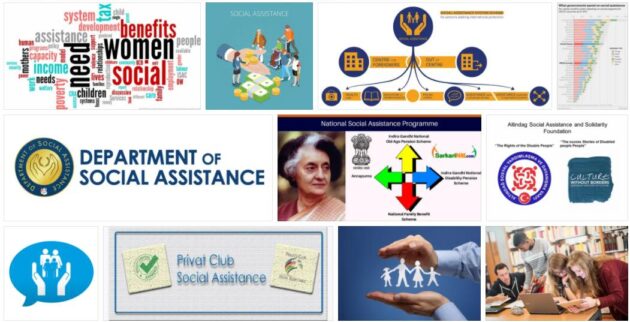Assistance is a concept with multiple uses. In this case, we are interested in highlighting its meaning as a help, a support or an aid that is offered to those who need it.
Social, meanwhile, is an adjective that refers to what is linked to society. This last term (society), on the other hand, refers to the group of people who share a culture and other traits and who interact within a community.
The notion of social assistance, therefore, is associated with a service that is provided to solve problems of various kinds and improve people’s living conditions.
The objective of social assistance is that all members of a society enjoy the same rights and opportunities. As there are inequalities in every community, social assistance is aimed at the most disadvantaged. His work is oriented so that all individuals can satisfy their basic needs.
Typically, social assistance is developed through state institutions or non-governmental organizations (NGOs). The benefits included in the concept can be very varied and include from educational support to the facilitation of a home, through the delivery of food or medicine.
Sometimes it is the person who needs help himself who approaches an entity dedicated to social assistance and asks for what he requires. On other occasions, social assistance organizations move to the specific place where people in need are found. Even social assistance can be developed in a concentrated way in the face of a catastrophe, such as a flood or an earthquake.
Depending on the country, the concept of social assistance differs clearly from that of social insurance, a system based on the contributions of its members, since it is a system that is financed from the tribute of the national population. A clear example of this is found in the Scandinavian countries; there, the inhabitants of the elderly were the first to enjoy its benefits, which soon reached those suffering from any disability or disease as those without employment or housing.
Broadly speaking, it is possible to find the following characteristics in the social assistance service:
* the benefits it offers to the people are fully financed through the contributions of the inhabitants, either at the national or local level;
* when a person expresses his need for social assistance (by carrying out the relevant procedures, which vary in each country), the State has the obligation to provide the service, since it has the force of law and is a legal right of all citizens;
* when asked by a citizen, various variables of his situation are evaluated, such as his income, his resources and belongings and the state of need for the services he is demanding;
*Social assistance benefits aim to increase the income of those who receive them to the point that is considered minimum to lead a healthy life and be able to develop in society. To find this value, the number of family members and obligations such as the payment of rent are taken into account;
* there is no relationship between the benefits of a beneficiary and his previous earnings or with the standard of living he has had, since a balance of opportunities is sought for all;
* It is possible to exercise a certain degree of discretion when setting the amount of the benefits, always respecting the limits that arise from the rights recognized by law.

